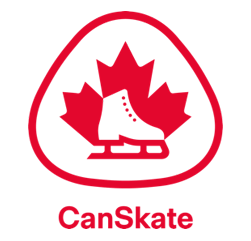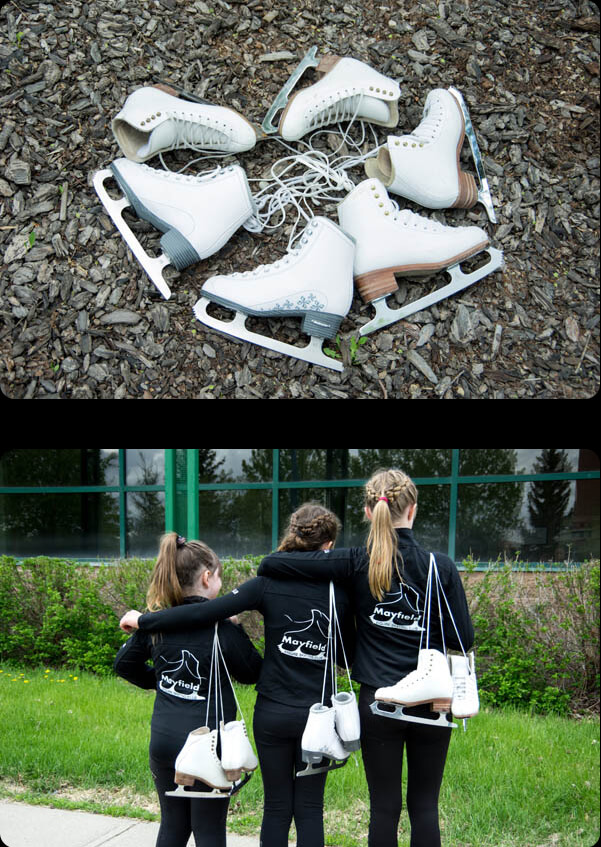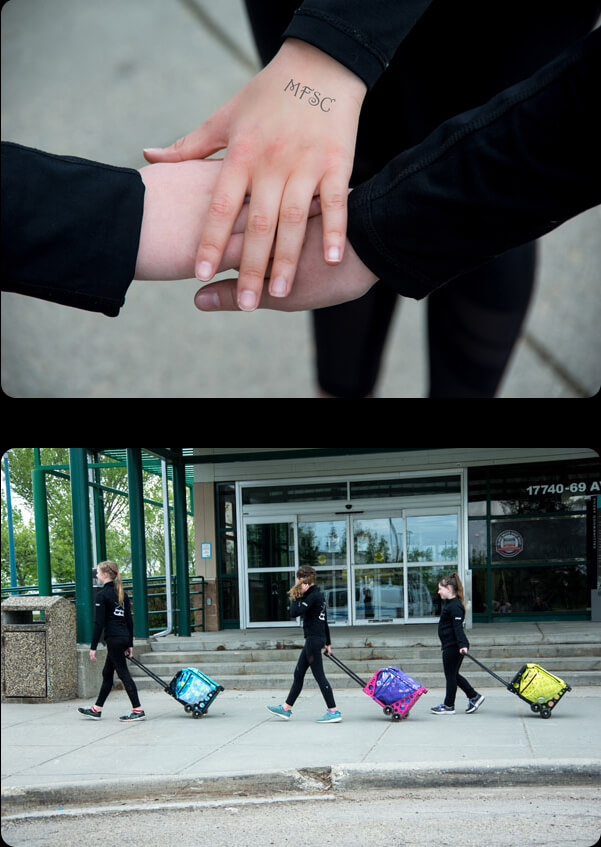REGISTER FOR OUR
Skating Programs

WHY FIGURE SKATING?
See the Benefits
Improves Balance
Learn to balance while you skate.
Builds Leg Muscles
Focusing on lower body movement, skating is a great way to exercise your legs.
Reduces Stress
Reduce stress in a positive environment.
Improves Joint Flexibility
Our off-ice conditioning improves your overall flexibility.
Builds Endurance
You’ll have increased stamina.
Improved Cardiovascular Health
Enjoy the health benefits our programs offer.

Latest News
Weekly Update for Mayfield Figure Skating Club 7/7/23
Spring session is almost complete-where has time flown?! Make sure to check out schedules to see how to keep your StarSkater skating over the summer-week long camps are available.
Weekly Update for Mayfield Figure Skating Club 8/30/21
We hope everyone has had a wonderful summer connecting with friends and family. This summer our club ran 4 weeks of summer camps, which were a hit!
Weekly Update for Mayfield Figure Skating Club 6/23/21
Summer break is almost here! With school being out shortly and the “open for summer” announcement, we know everyone is looking forward to enjoying the summer holidays!

“Winning is not about how many medals you get-it’s about accomplishing goals and just being the best you can be!”
Michelle Kwan





